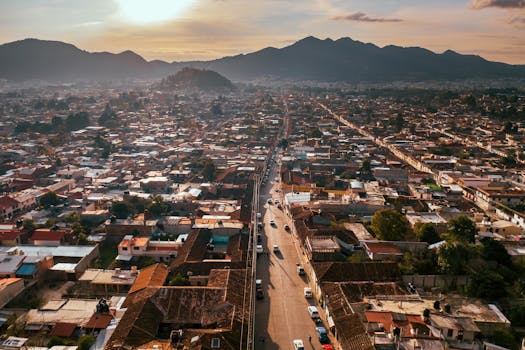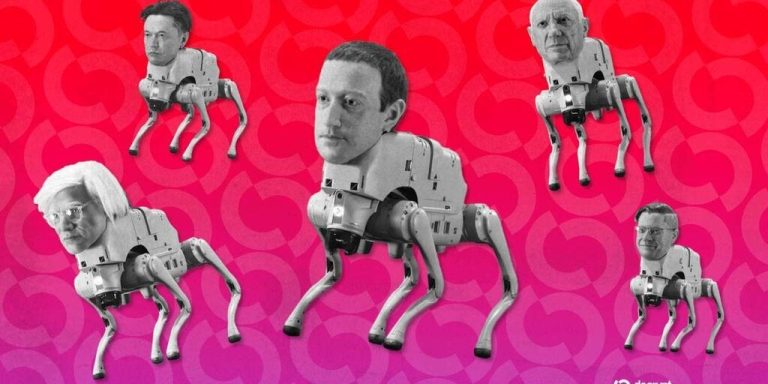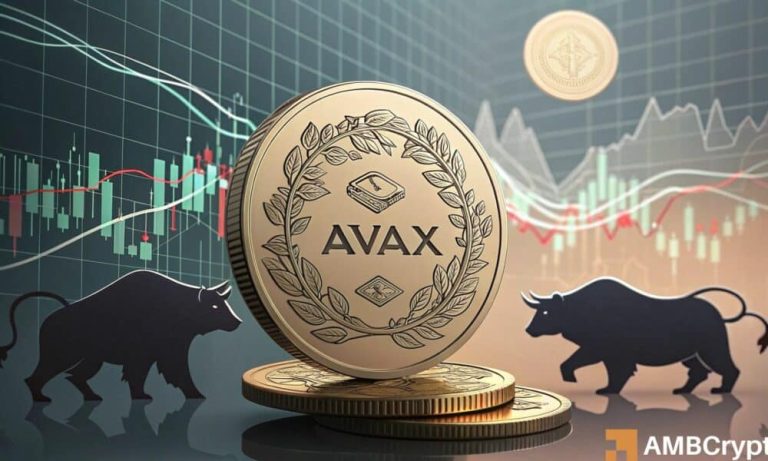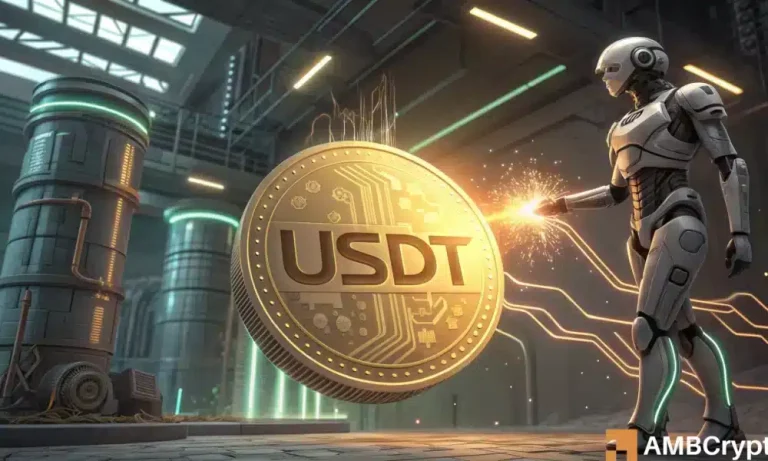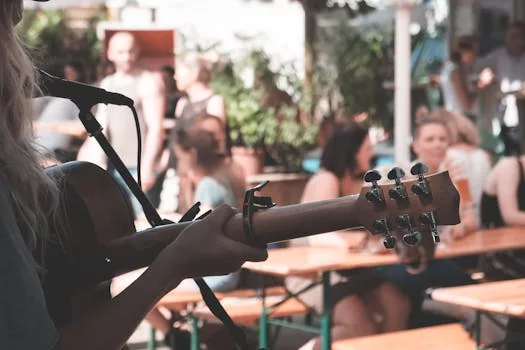
The Transformative Power of Public Art in Urban Development
Takeaways: Public art shapes urban spaces, enhances community engagement, boosts local economies, and fosters cultural identity. Its role in urban development is crucial for creating vibrant and inclusive cities.
Public art is more than just decoration; it serves as a catalyst for urban development, enriching public spaces and fostering a sense of community. As cities continue to grow and evolve, the integration of art into urban planning has become increasingly essential. This article explores the multifaceted role of public art in urban development, examining how it enhances community identity, promotes social interaction, and stimulates economic growth.
Enhancing Community Identity

Moreover, public art fosters inclusivity by giving voice to underrepresented communities. By involving local artists and communities in the creation of public artworks, cities can ensure that diverse perspectives are represented. This process not only enriches the artistic landscape but also builds a sense of ownership and pride among community members.
Furthermore, public art can serve as a tool for storytelling. Each artwork has the potential to narrate the unique history of a neighborhood, transforming public spaces into living galleries that educate residents and visitors alike. This storytelling aspect is vital for creating a sense of place and belonging, which is essential for community cohesion.
Promoting Social Interaction
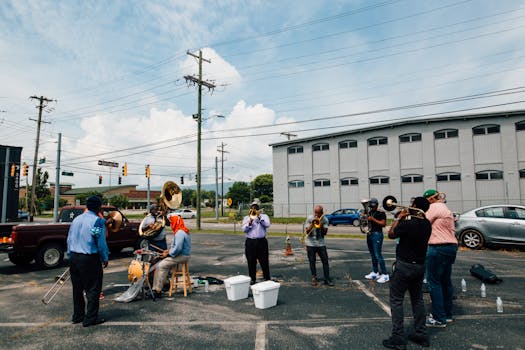
Moreover, public art can contribute to the revitalization of neglected urban areas. Transforming vacant lots or abandoned buildings into vibrant art spaces can attract visitors and encourage local businesses to thrive. As foot traffic increases, so does the potential for social interaction, creating a lively atmosphere that benefits the entire community.
Additionally, public art events, such as festivals and exhibitions, provide opportunities for community engagement. These events often invite participation from local artists, musicians, and performers, further enriching the cultural fabric of the area. By promoting collaboration and creativity, public art events foster a sense of belonging and shared identity among residents.
Stimulating Economic Growth
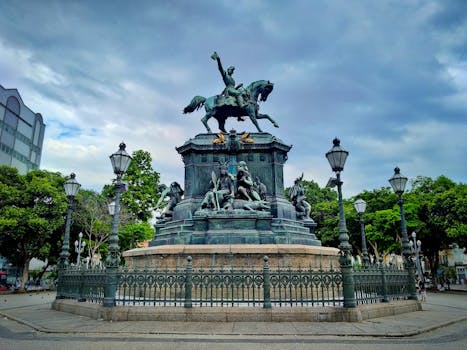
Furthermore, public art can enhance property values in the surrounding areas. Neighborhoods with vibrant art scenes are often perceived as more desirable places to live, leading to increased demand for housing. This phenomenon can result in higher property values, benefiting homeowners and local governments through increased tax revenues.
In addition to boosting tourism and property values, public art can also create job opportunities for local artists and artisans. By commissioning local talent for public art projects, cities can support the creative economy and provide artists with a platform to showcase their work. This investment in local talent not only enriches the community’s cultural landscape but also contributes to economic sustainability.
Conclusion
